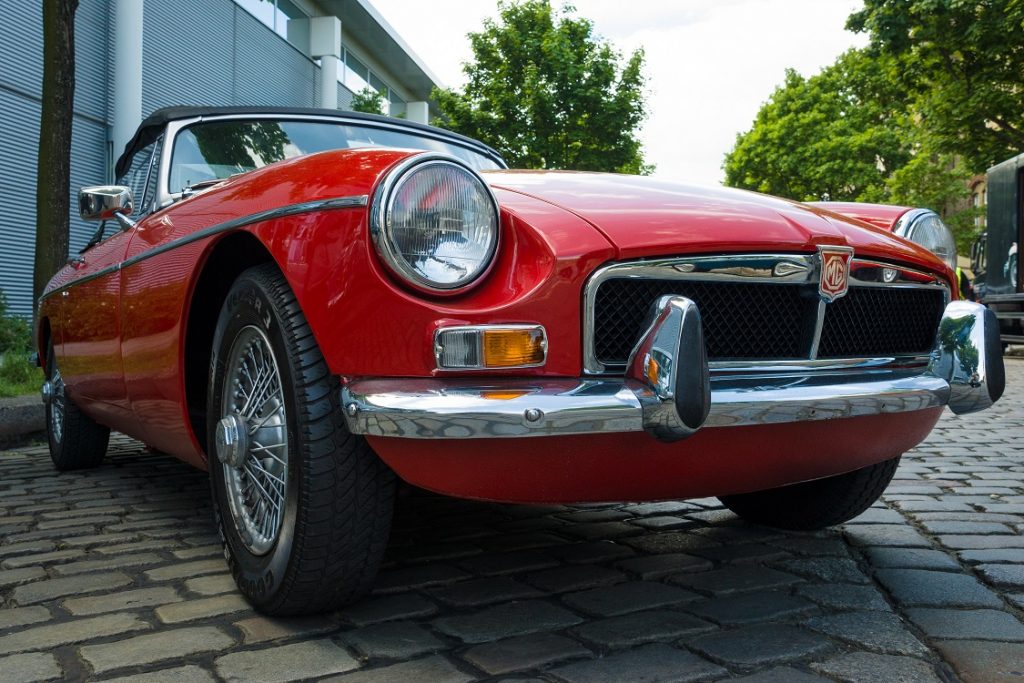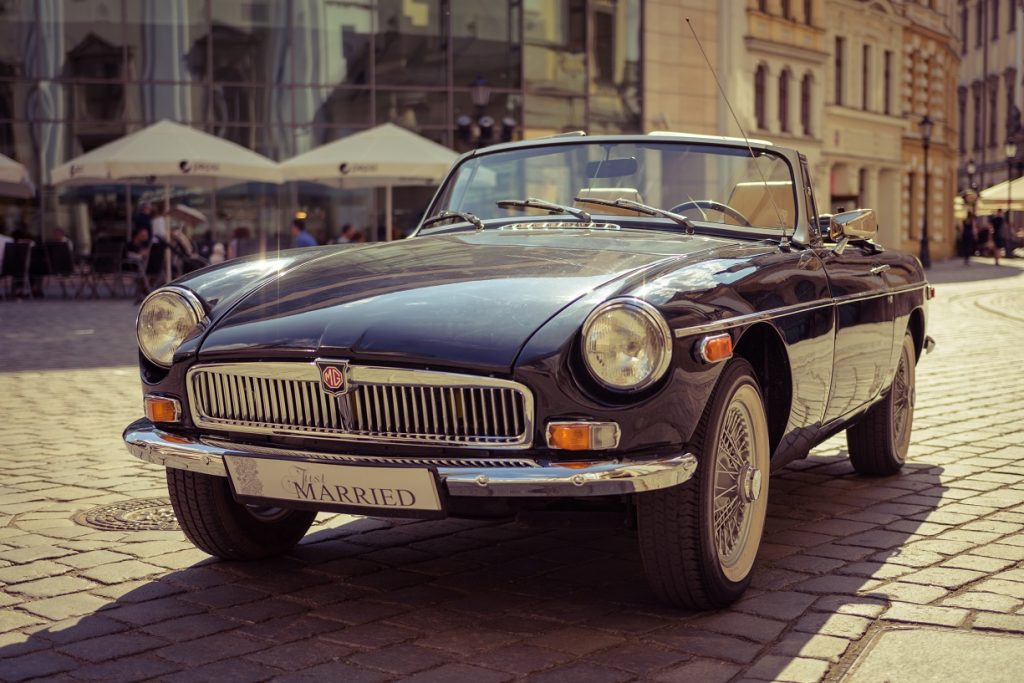MG MGB

The MG MGB was a two-door vehicle manufactured in two separate production runs. The original was produced from 1962 to 1980 with the MG RV8 following from 1992 to 1995. This vehicle came from British Motor Corporation, which became British Leyland in the case of the original and Rover Group in the case of the MG RV8. This two-door sports car began as a soft-top roadster with four cylinders.
The MGB was introduced to replace the MGA in 1963. Overall, the MGB, MGB GT V8, and MGC sold 523,836 cars combined. The MG RV8 that arrived in 1992 was a heavily-modified variation of the MGB and it only included 2,000 cars. During its original production run, the MGB was the best-selling sports car in the world. It was also known for defining the idea of a British sports car with an open top.

The launch in 1962 included the latest features and advances, making the MG MGB highly competitive. It was also considered a significant improvement over the predecessor, the MGA. The 1.8-liter B-Series engine had recently been upgraded, delivering an abundance of power. Standard features included disc brakes, an independent front suspension, rack-and-pinion steering, and a 4-speed gearbox that offered overdrive.
The MGB GT launched in 1965, furthering the appeal of the sports car. This model had a Pininfarina-designed fastback roof combined with typical GT styling cues. Thanks to the side windows and higher windscreen, the front passengers got a very reasonable amount of headroom. The rear seat, however, remained ideal for only luggage or children. The Mk2 of the MGB arrived in 1967, at which point the forward ratios of the gearbox got synchromesh. This year also included the option of a Borg-Warner automatic transmission. The Mk3 arrived in 1970 with a BL-style front that lost the slats and chrome grille. The chrome quickly returned.
To deal with North American regulators, the MGB had to get a higher ride height in 1974. Regulations also led to the introduction of bumpers covered in polyurethane. Drivers were less than enthusiastic at first, but the Americanized version of the MGB did better than its competitors did. Unfortunately for U.S. drivers, there was just one Zenith Stromberg carburetor plus a catalyst and emissions equipment, resulting in less-than-satisfactory speed. While the production of the MGB ended in 1980, this was far from the end of the enthusiasm for the vehicle. In fact, it marked the beginning of the auto’s life as a classic sports car of choice for automotive enthusiasts worldwide.
